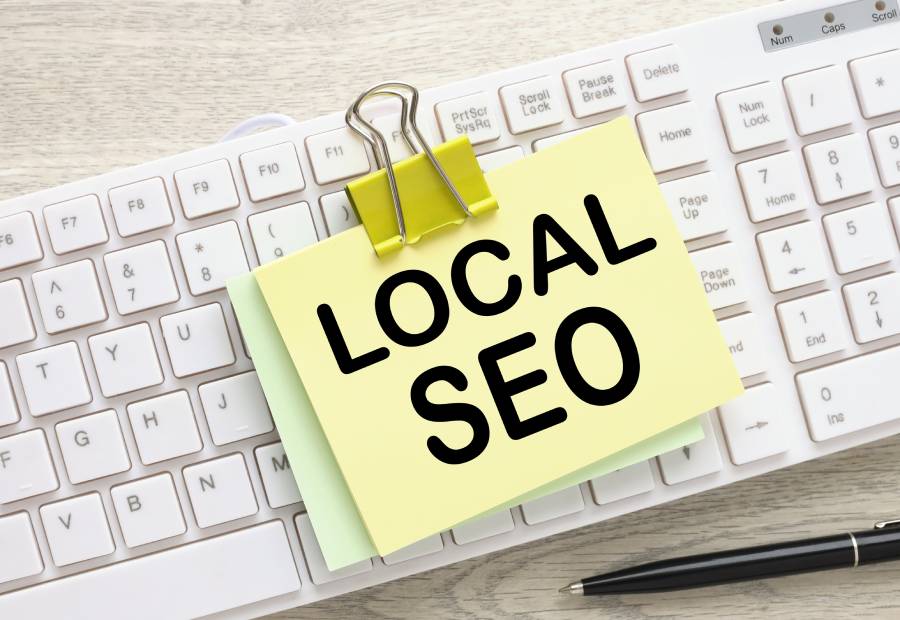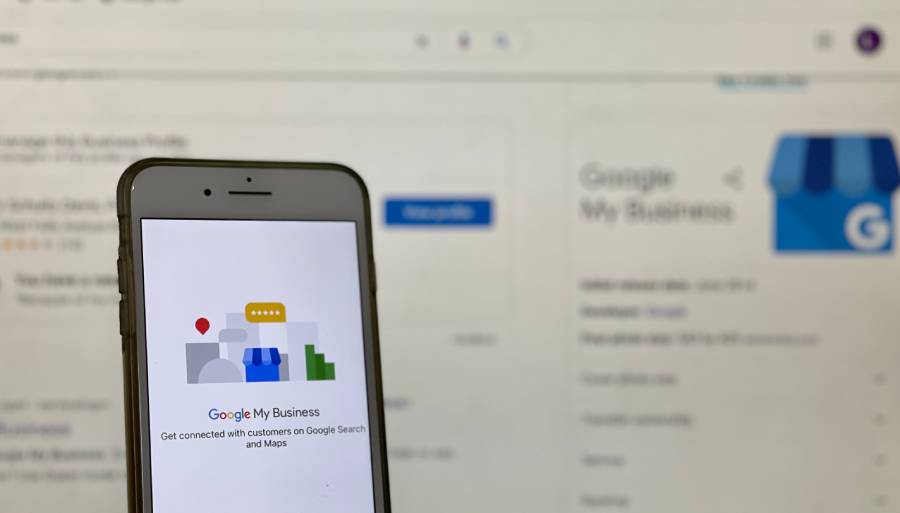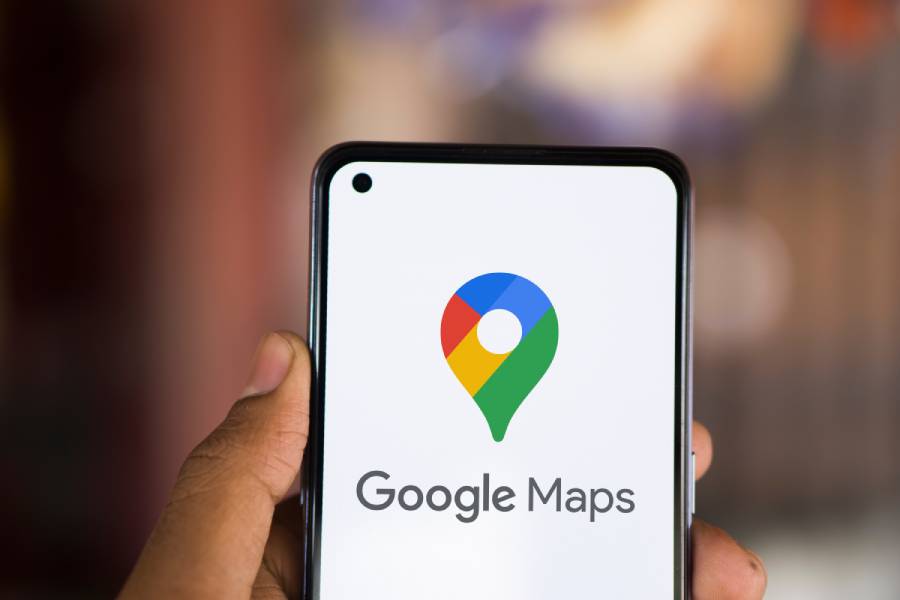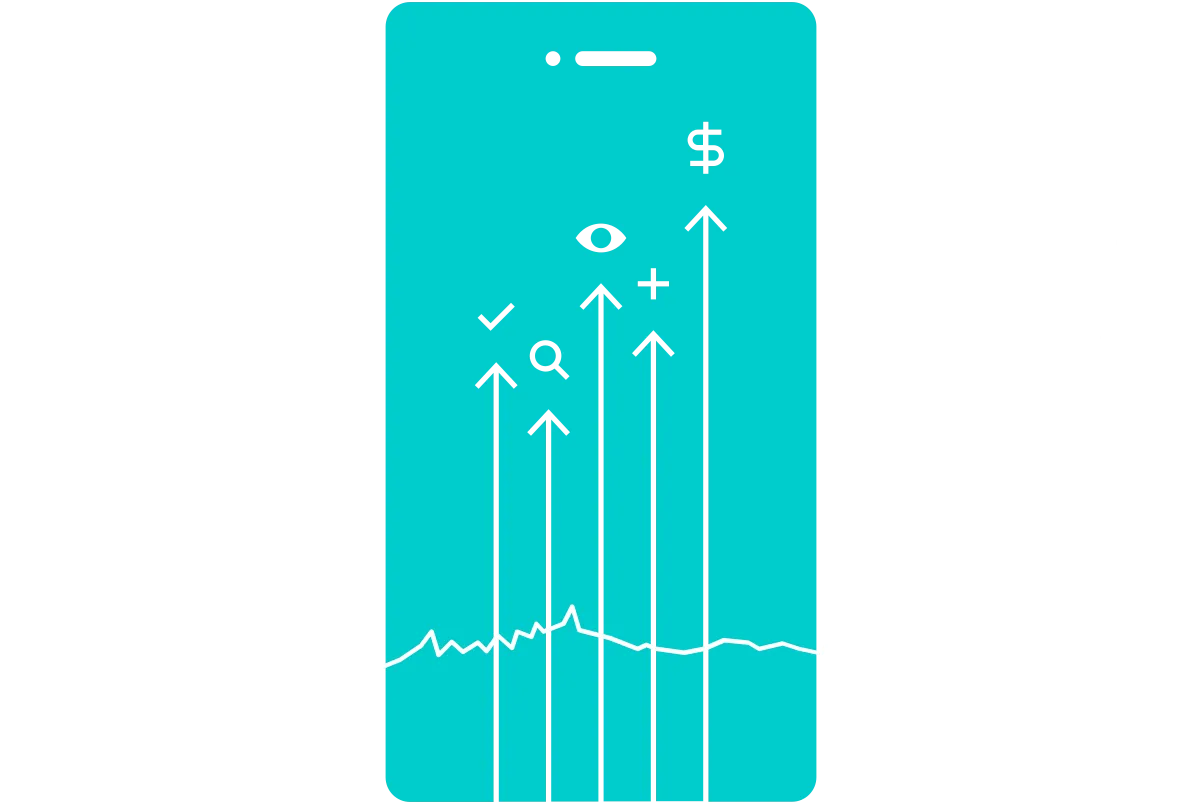A website’s success hinges on engaging and retaining visitors in the competitive digital landscape. One critical metric that web admins and marketers closely monitor is the bounce rate – a powerful indicator of user interest and website effectiveness. But do you know how to reduce bounce rate?
In this article, you’ll discover effective strategies to engage visitors, optimize user experience, and improve overall website performance. We will delve into the concept of bounce rate and highlight its significance in digital marketing.
We will also explore its impact on user engagement, search engine rankings, and conversion rates. Continue reading to learn!

What Is a Bounce Rate?
Bounce rate, a key web analytics metric, measures the percentage of visitors who leave after viewing only one page. It’s calculated by dividing single-page visits by total visits and multiplying by 100. For instance, if 100 people visit your site and 60 leave after one page, your bounce rate is 60%.
Tools like Google Analytics automate this calculation, making it easy to track. A high bounce rate often indicates that visitors aren’t engaged or finding relevant content, while a low rate suggests they’re exploring further. This insight helps retain visitors by improving website design, content, and user experience.
Why Is My Bounce Rate So High?
A high bounce rate can stem from various factors related to your website’s user-friendliness and engagement. Issues such as poor design, slow loading times, and mobile incompatibility can frustrate visitors.
Additionally, low-quality or irrelevant content, outdated information, and poor readability may fail to meet user expectations. Technical problems, like broken links or browser compatibility issues, can also drive visitors away.
Misleading titles or descriptions might attract the wrong audience, while a cluttered homepage or unclear navigation can create a negative first impression. By addressing these aspects, you can encourage visitors to stay longer and explore more of your site.
How to Reduce Bounce Rate
Improve page load speed
Fast websites are important. When a page loads quickly, visitors are more likely to stay and slow sites make people leave, increasing the bounce rate.
To make your site faster, reduce image sizes, use a content delivery network, cut down on unnecessary code, and ensure good hosting. These steps will help your site load faster, keeping visitors happy and encouraging them to stay longer.
Enhance user experience
A good user experience is essential for retaining visitors. Your website should be easy to navigate and have a clean and straightforward design. Clear menus and labels should ensure that users can quickly find what they need, and consider adding a search box for added convenience.
The site must also perform well on all devices, including mobile phones and tablets. Use intuitive navigation to guide users seamlessly through the site and incorporate engaging visuals and interactive elements to enrich their experience.
In addition, regularly updating content keeps it fresh and relevant. Provide quick and accessible customer support to address any issues. Visitors who find your site enjoyable and easy to use are more likely to stay longer, resulting in improved engagement and a lower bounce rate.
Create engaging content
Good content keeps visitors on your site longer. Focus on topics that interest your audience and use clear, straightforward language. Break up long paragraphs with headings and bullet points to enhance readability. Add images or videos to make your content more engaging.
Furthermore, ensure that your content answers visitors’ questions and provides valuable insights. Update it regularly to keep it current and relevant, and use storytelling techniques to create a more compelling narrative.
Also, incorporate user-generated content, such as reviews and testimonials, to build trust. And optimize your content for search engines to attract more visitors. People who find your content helpful will stay longer and explore more of your site.
Optimize for mobile devices
Many people use their phones to browse the Internet, so your site must perform well on small screens. Opt for a design that adapts to different screen sizes, ensuring a responsive layout. Ensure buttons are large enough to tap easily and that navigation is intuitive.
Verify that all content is readable on mobile devices by avoiding tiny fonts and excessive scrolling. Optimize images and media to load quickly on mobile. Test your site on various devices to confirm compatibility and implement mobile-friendly features like click-to-call buttons and easy form submissions.
Additionally, incorporate touch-friendly elements to enhance user interaction and minimize pop-ups, ensuring they are easy to close on mobile. By optimizing your site for mobile, you’ll encourage more visitors to stay and explore, reducing bounce rates and increasing engagement.
Improve internal linking
Strategic use of internal links
Internal links are essential for guiding visitors to additional content on your site. Connecting to relevant pages creates a network of information that keeps users engaged.
Use clear, descriptive text for your links so that visitors know exactly what to expect when they click. This approach improves user experience, builds trust, and encourages further exploration.
However, avoid overloading your pages with excessive links, as this can clutter the content and reduce the value of each link. Instead, incorporate internal links thoughtfully, placing them naturally within the context of your content.
Boost engagement with internal links
Effective internal linking guides visitors to related content, keeping them on your site longer and enhancing their experience. For example, a blog post about gardening tips could include links to articles on specific plant care, garden tools, or seasonal planting guides.
This approach provides visitors with comprehensive, relevant information on their interests. It also encourages further exploration of your site.
Use clear calls to action (CTAs)
CTAs guide visitors through the next steps. To ensure clarity, use straightforward language in your CTAs. Make them stand out with contrasting colors and prominent placement, positioning them where they will be easily noticed—like at the end of articles or within key sections.
Different pages might require unique CTAs that align with their specific content and objectives. Test various wording and designs to find what drives the most engagement and conversions.
That said, continuously monitor their performance and adjust based on user feedback and behavior. Well-crafted CTAs keep visitors engaged, guiding them effectively and encouraging the desired actions.
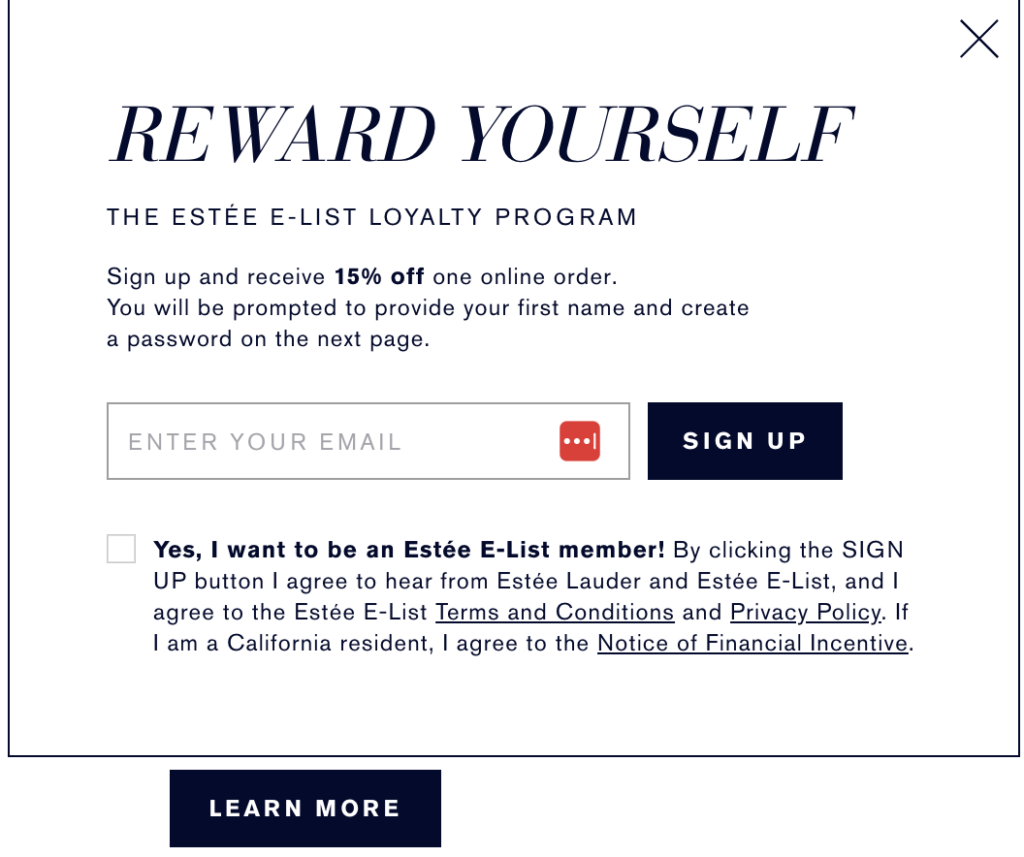
Analyzing and monitoring bounce rate
As mentioned, track your bounce rate using tools like Google Analytics to understand how visitors interact with your site. Identify pages with high bounce rates and investigate why visitors are leaving those pages.
To pinpoint potential issues, evaluate factors such as page load times, content relevance, and overall user experience. Set specific goals to reduce your bounce rate and implement changes based on your findings.
Moreover, monitor the impact of these changes and adjust your strategy as needed. Review your analytics regularly to track progress and make ongoing improvements. This continual effort will help maintain a low bounce rate and improve your site’s overall performance.
Conclusion
This guide has outlined best practices on how to reduce bounce rate, including enhancing internal linking and incorporating clear calls to action. Both help keep visitors engaged, and reducing the bounce rate is essential for enhancing website performance and user engagement.
Also, focusing on improvements in speed, user experience, content, and mobile optimization can lead to significant advancements. So, regularly analyzing bounce rate data is crucial for identifying areas for improvement and tracking progress.
Remember, achieving a low bounce rate is an ongoing process that requires continuous optimization and adaptation to meet evolving user needs. Start implementing these strategies today and watch your engagement soar!


